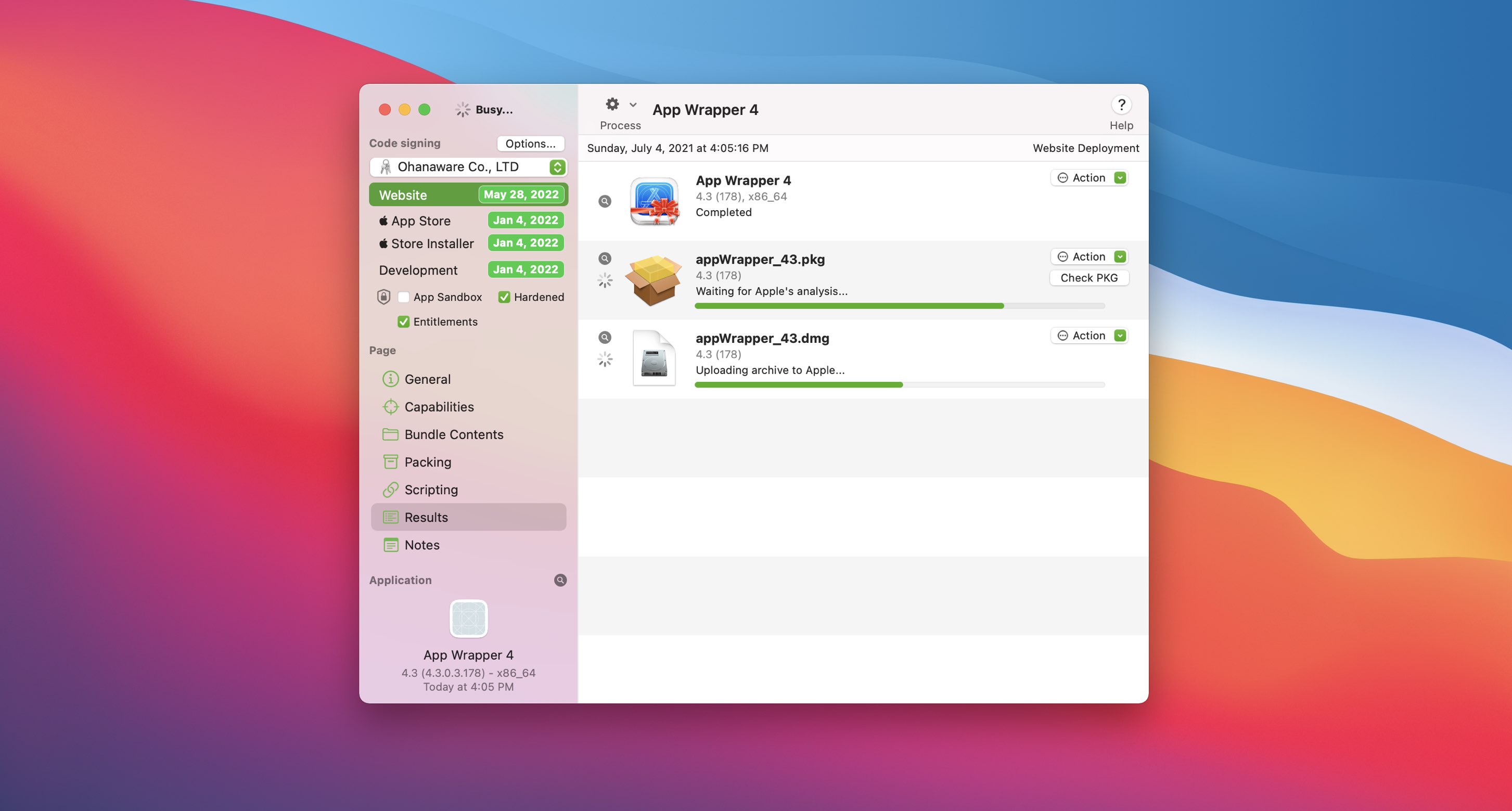
XOJO PROPERTIES PLUS
The SubExpressionCount property returns the number of capturing groups in the regular expression plus one. When the Regex.Search method finds a match, it stores the match’s details in a RegExMatch object. Keep calling Search without any parameters until it returns Nil to iterate over all regular expression matches in the string. Do not pass the subject string again, since doing so restarts the search from the beginning of the string. To find the second match in the same subject string, call the Search method again, without any parameters. This method returns an instance of the RegExMatch class if a match is found, or Nil if no match is found. To check if a regular expression matches a particular string, call the Search method of the RegEx object, and pass the subject string as a parameter. You can set various options in the Options property, which is an instance of the RegExOptions class. Assign your regular expression to the SearchPattern property. To use a regular expression, you need to create a new instance of the RegEx class.

You’ll also need to use the TextConverter to convert the strings returned by the RegEx class from UTF-8 back into the encoding your application is working with. This means that if you want to process non-ASCII data that you’ve retrieved from a file or the network, you’ll need to use Xojo’s TextConverter class to convert your strings into UTF-8 before passing them to the RegEx object.

In PCRE, they’re off by default, while in Xojo they’re on by default. The only exception are the case insensitive and “multi-line” matching modes. Everything said in the tutorial about PCRE’s regex flavor also applies to Xojo. The regular expressions tutorial on this website does not explicitly mention Xojo. What this means to you as a Xojo developer is that the RegEx class provides you with a rich flavor of Perl-compatible regular expressions. Internally, this class is based on the open source PCRE library. Xojo, formerly known as REALbasic, includes a built-in RegEx class. If you want to say thanks I'd appreciate a message or a small donation via PayPal.How to Use Regular Expressions in Xojo (REALbasic) Contactĭo you like this project? Does it help you? Has it saved you time and money? In his leisure time Juerg provides some bits and pieces for Xojo Developers. Their Application CMI LehrerOffice is a Xojo Design Award Winner 2018. Juerg Otter is a long term user of Xojo and working for CM Informatik AG. Build and show a Tree: Window1.Tree_Setup.Have a look at how the example projects is using the provided Methods.Place an instance of the ListBox subclass lstTreeView on a Window.Copy and paste the folder treeview (containing the classes CTreeListedValues and CTreeItem, as well as the Listbox Subclass lstTreeView) to your project.The Desktop application Xojo example project TreeView.xojo_project is using: Xojo is a rapid application development for Desktop, Web, Mobile & Raspberry Pi. Finally, the always updated CTreeListedValues (such as confirmed and/or modified by the user) are being used as the 'Task-list' for the main synchronization-task. change the direction of some entries, or ignore a whole branch). The tree is then displayed to the user to show which items are going to get synchronized and in which direction (db -> file, db <- file).

XOJO PROPERTIES OFFLINE
We fill a CTreeListedValues while scanning the differences between a database and a user's offline working-copy (file). An example usage in a productive application
XOJO PROPERTIES HOW TO
And the example shows how to change the status of the items by pressing a key and/or create a contextmenu (or do it in your code: modify the CTreeListedValues and update the Listbox). You can assign icons for all the item statuses you have. (row expanded/collapsed user requested to change a status of an entry)

Hierarchical Listboxes are a bit tricky with Xojo.


 0 kommentar(er)
0 kommentar(er)
